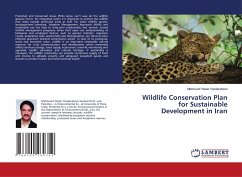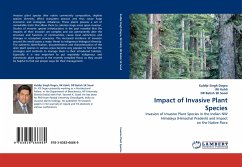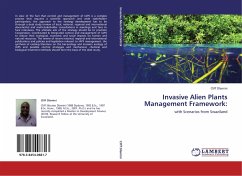Exotic macrophytes (particularly aquatic ferns) are spreading exponentially in the last decade so they are serious problems to wetland ecosystems since they can replace native species. Azolla filiculoides is an exotic species in Anzali wetland, northern Iran. This book deals with analyzing the habitat suitability of the invasive fern in this unique wetlands by means of ecological modelling techniques such as classification trees (CTs) combined with two optimizers (e.g. genetic algorithms and greedy stepwise). The outcomes of models showed that physical-habitat (e.g. air temperature, humidity and depth) and chemical variables (e.g. phosphate) can affect overgrowth of Azolla in wetlands. Application of these optimizing techniques in combination with CTs thus proved to have a better capability in selecting the most important variables explaining the growth of Azolla and can be used by wetland managers in their decision-making for wetland conservation and management programs.
Bitte wählen Sie Ihr Anliegen aus.
Rechnungen
Retourenschein anfordern
Bestellstatus
Storno








